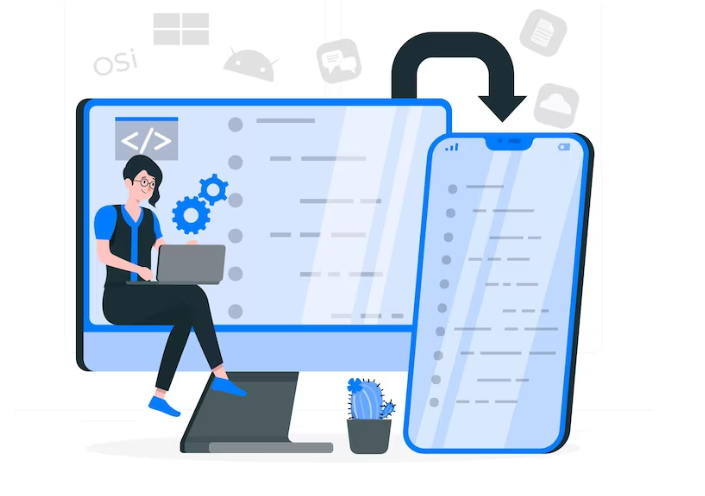Breaking Down End-to-end Testing Vs. Functional Testing: Understanding The Differences And Use Cases
User Experience (UX) | Mar 28, 2023
In software development, testing is necessary to ensure that applications are functional, reliable, and meet users’ needs. Two important testing methodologies are end-to-end testing and functional testing; each has its unique scope, goals, and use cases.
While both approaches are essential for software quality assurance, knowing the differences can help businesses and organizations make informed decisions about which method would be best for any given different scenario.
What Is End-to-end Testing
End-to-end testing is a software testing methodology that evaluates the complete flow of an application from start to finish. It involves testing an application’s functionality, performance, security, and user experience across all its components and interfaces, including databases, servers, APIs, and user interfaces.
This technique of software testing requires the application of end-to-end testing best practices and ensures that all the different parts of an application work together excellently during the end-to-end testing process and perform as expected. This will give developers confidence that the application will work correctly in a production environment.
By mimicking real-world scenarios, end-to-end testing can identify errors and issues that may not be discovered in unit or integration testing, leading to improved application quality and a better user experience.

What Is Functional Testing
Functional testing evaluates an application’s functionality to ensure that it meets its requirements and performs as expected. It focuses on checking that the application’s features and capabilities work correctly and perform the intended functions.
Functional testing can be performed by a developer manually or through automated tools. It typically involves testing individual functions or modules of an application to ensure that they work as expected. It can also include end-to-end testing to verify that the application’s functionality works correctly across all its interfaces.
Functional testing is an important part of the software development process, as it helps to identify defects and issues early, leading to improved application quality and a better user experience.
Differences Between End-to-end and Functional Testing
End-to-end and functional testing are important software testing techniques that evaluate the quality and reliability of an application. While there are similarities between the two approaches, there are also some key differences in their goals, scope, and use cases.
Functional testing is a software testing technique that verifies whether an application’s features and functionality meet the requirements and work as intended. It is often performed at the module level and aims to detect defects or errors in individual functions.
The goal of functional testing is to ensure that the application is functionally sound and that it meets the user’s needs. Some examples of functional tests include unit testing, integration testing, and regression testing.
On the other hand, end-to-end testing is a software testing technique that evaluates the entire application flow, including all components and interfaces, to ensure that it functions correctly as a whole. It tests the system from start to finish and verifies that all the parts of the application work together seamlessly. End-to-end testing is used to identify defects or issues that may arise when the application is used in real-world scenarios. It can also verify non-functional requirements, such as performance and security.

The main difference between functional testing and end-to-end testing is that functional testing verifies the individual functions of an application. In contrast, end-to-end testing checks the entire application flow. Functional testing is focused on testing individual features or functions in isolation, while end-to-end testing tests the application as a whole, taking into account all the possible interactions between the different components.
The use case for functional testing is to ensure that each individual function of the application works correctly and meets the user’s needs. It is useful for detecting defects or errors in specific areas of the application. It is often used during the development process to catch issues early. Functional testing is also used to ensure that any changes to the application do not break any existing functionality.
The use case for end-to-end testing is to ensure that the application functions correctly and that all the components work together flawlessly. It is useful for identifying defects or issues that may arise when the application is used in real-world scenarios. End-to-end testing is typically performed later in the development cycle, after the individual functions have been tested, to verify that the application works as intended in a production environment.
Conclusion
End-to-end and functional testing are critical software testing methodologies that serve different purposes in the software development process. While functional testing is focused on verifying individual functions of an application, end-to-end testing checks the entire application flow to ensure that all components work together seamlessly.
Each approach has its strengths and weaknesses, and the choice of which one to use depends on the specific requirements of the application being tested. By understanding these two testing methodologies’ differences and use cases, software developers can make informed decisions about how to test their applications effectively and efficiently.





